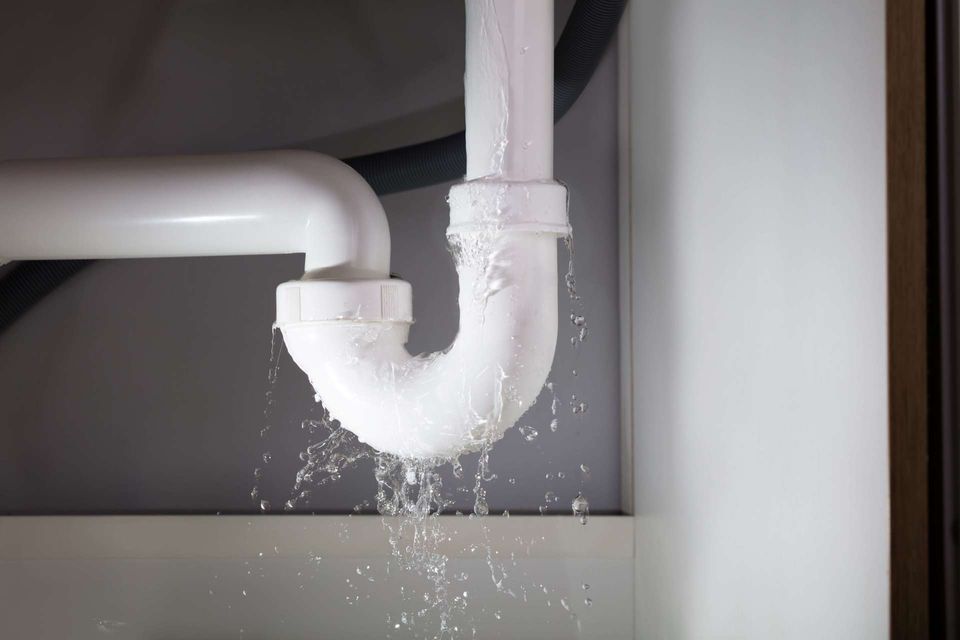We've discovered the article on Hacks to detect leaks listed below on the net and decided it made sense to discuss it with you on my blog.

Early discovery of dripping water lines can mitigate a potential disaster. Aside from saving you money, it will lessen the aggravation and also frustration. The moment you find a leak, calling your plumber for repairs is the most effective remedy. Some small water leaks might not be visible. Right here are some hacks that help if you can not identify it with your naked eyes.
1. Take A Look At the Water Meter
Examining it is a surefire means that assists you uncover leaks. If it relocates, that shows a fast-moving leakage. This indicates you may have a slow leakage that might even be below ground.
2. Inspect Water Consumption
Analyze your water expenses and track your water intake. As the one paying it, you must discover if there are any kind of inconsistencies. If you spot sudden changes, regardless of your consumption coinciding, it means that you have leakages in your plumbing system. Remember, your water costs should drop under the very same variety every month. An unexpected spike in your costs indicates a fast-moving leak.
On the other hand, a consistent rise on a monthly basis, even with the same practices, shows you have a sluggish leak that's likewise slowly intensifying. Call a plumber to extensively examine your property, specifically if you really feel a warm area on your flooring with piping beneath.
3. Do a Food Coloring Test
30% comes from toilets when it comes to water intake. Examination to see if they are running properly. Decline specks of food shade in the tank and also wait 10 minutes. If the shade somehow infiltrates your dish during that time without flushing, there's a leakage in between the storage tank and also bowl.
4. Asses Outside Lines
Don't neglect to inspect your outside water lines too. Must water leak out of the link, you have a loose rubber gasket. One tiny leakage can waste bunches of water as well as spike your water expense.
5. Analyze the circumstance as well as evaluate
Property owners must make it a habit to inspect under the sink counters and also even inside cupboards for any type of bad odor or mold and mildew growth. These two warnings show a leakage so prompt interest is needed. Doing regular inspections, also bi-annually, can conserve you from a significant trouble.
If you understand your house is currently old, keep a watchful eye on your heaters, hose pipes, pipelines and so on. Check for discolorations and weakening as most home appliances and pipelines have a life span. They will also normally degrade because of wear and tear. If you believe dripping water lines in your plumbing system, don't await it to escalate. Call a specialist plumber as soon as possible so you don't wind up with an awful mess in your house.
Early discovery of dripping water lines can mitigate a possible disaster. Some tiny water leaks might not be noticeable. Examining it is a surefire way that assists you find leakages. One small leakage can throw away tons of water and spike your water bill.
If you suspect leaking water lines in your plumbing system, don't wait for it to escalate.
WARNING SIGNS OF WATER LEAKAGE BEHIND THE WALL
PERSISTENT MUSTY ODORS
As water slowly drips from a leaky pipe inside the wall, flooring and sheetrock stay damp and develop an odor similar to wet cardboard. It generates a musty smell that can help you find hidden leaks.
MOLD IN UNUSUAL AREAS
Mold usually grows in wet areas like kitchens, baths and laundry rooms. If you spot the stuff on walls or baseboards in other rooms of the house, it’s a good indicator of undetected water leaks.
STAINS THAT GROW
When mold thrives around a leaky pipe, it sometimes takes hold on the inside surface of the affected wall. A growing stain on otherwise clean sheetrock is often your sign of a hidden plumbing problem.
PEELING OR BUBBLING WALLPAPER / PAINT
This clue is easy to miss in rooms that don’t get much use. When you see wallpaper separating along seams or paint bubbling or flaking off the wall, blame sheetrock that stays wet because of an undetected leak.
BUCKLED CEILINGS AND STAINED FLOORS
If ceilings or floors in bathrooms, kitchens or laundry areas develop structural problems, don’t rule out constant damp inside the walls. Wet sheetrock can affect adjacent framing, flooring and ceilings.
https://www.servicemasterbyzaba.com/blog/how-to-detect-water-leakage-in-walls/

I'm very occupied with Detecting hidden plumbing leaks and I really hope you appreciated the entry. Please set aside a second to distribute this entry if you liked it. I praise you for your time. Visit us again soon.